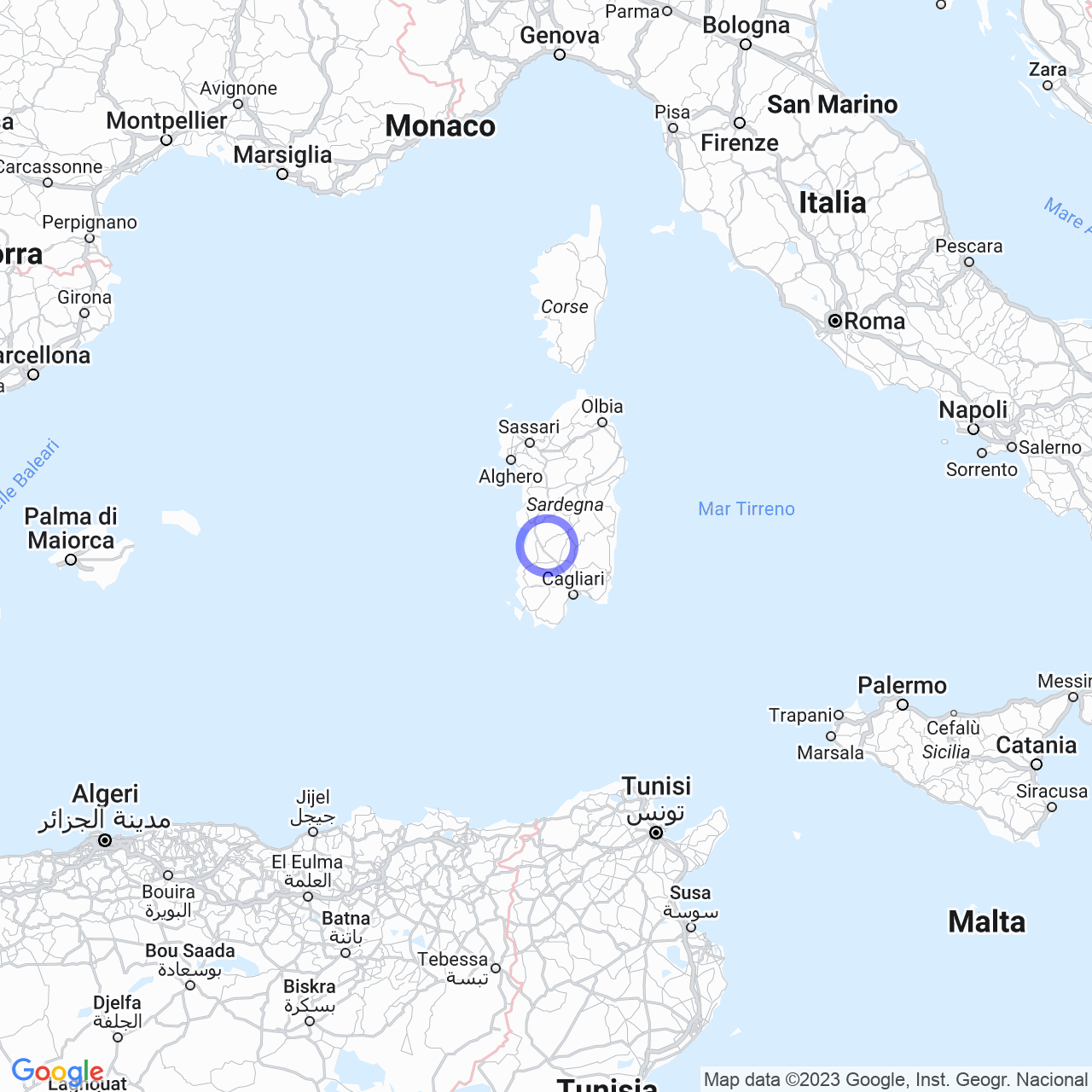Siris
Siris: history and symbols
Hello everyone! Today I will tell you about Siris, a village in the province of Oristano in Sardinia, inhabited by only 224 inhabitants. Despite being small, it has a very interesting history. In fact, the area of Siris was already inhabited in the Nuragic era, as can be seen from the presence of the remains of some nuraghi. In the Middle Ages, Siris belonged to the Giudicato of Arborea, and was part of the curatorship of Marmilla, being a village of some importance at that time. Later, after the fall of the Giudicato (1420), it became part of the Marchesato of Oristano and then passed under Aragonese rule (1478) until, in 1839, the feudal system was abolished.
And it was in 1961, with a regional resolution, that Siris was reconstituted as a separate municipality. The first mayor of Siris was Remigio Casciu.
One of the symbols of the village is a millenary olive tree located next to the church of San Vincenzo. According to legend, it guards the treasure of the Saint, which will belong to whoever has pure faith, and will be the ruin of anyone who tries to seize it without deserving it. The coat of arms and banner of the municipality of Siris were granted by decree of the President of the Republic on February 27, 2009.
Monuments and places of interest

Religious architecture
Within the village, there are two churches: one dedicated to San Sebastiano and the other to San Vincenzo. The church of San Sebastiano consists of a single central nave with an adjacent sacristy, and inside there are several statues of the various saints, some quite old. Instead, the church of San Vincenzo was in a state of abandonment in the open countryside and was only reopened in 2000 after being destroyed during World War II. The church consists of a single central plan with the elevated altar, and there is no sacristy. On the occasion of its inauguration, a precious relic of San Vincenzo was brought, kept inside the building.
Archaeological sites
In the territory of Siris, there are four nuraghi that attest to the presence of life in this area since remote times. These nuraghi are Nuraghe Inus, Nuraghe Pala Serra, Nuraghe Pranu Forru, and Nuraghe su Sensu.
Civil architecture
In Siris, there is also a square of the fallen that is characterized by raised structures and a sort of stage.
Furthermore, it is worth enjoying the landscape and taking long walks in the surrounding countryside.
Conclusions
In conclusion, if you have the opportunity to visit Siris, do not hesitate to do so. You can admire the beauty of the territory, from the ancient village to the countryside that surrounds it. I recommend taking a walk to discover the nuraghi, churches, and taste the Sardinian cuisine. You will not regret it!
